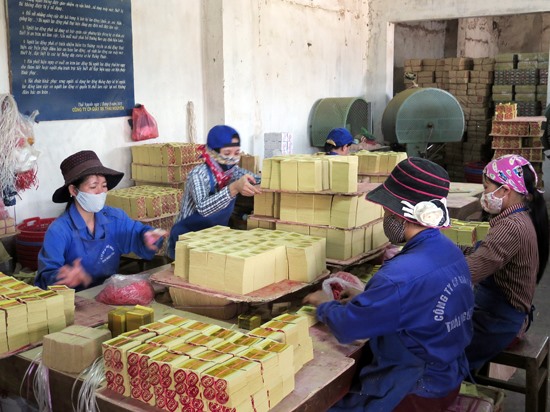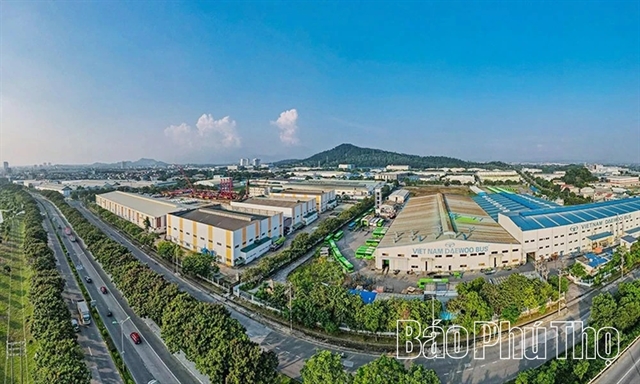 Economy
Economy

Lack of capital and access to credit remain the most serious obstacles to the success of Việt Nam's small and medium enterprises (SMEs), a report by the Central Institute for Economic Management (CIEM) said.
 |
| Lack of capital and access to credit remain the most serious obstacles to the success of Việt Nam’s small and medium enterprises (SMEs). — Photo vnexpress.net |
HÀ NỘI — Lack of capital and access to credit remain the most serious obstacles to the success of Việt Nam’s small and medium enterprises (SMEs), a report by the Central Institute for Economic Management (CIEM) said.
The report, released in Hà Nội yesterday, and which reviewed Việt Nam’s business environment in 2015, is the result of a survey conducted by CIEM. More than 2,600 SMEs from ten cities and provinces including Hà Nội, HCM City and Hải Phòng participated in the survey.
The survey showed that 83 per cent of businesses said they were facing obstacles in business development, including lack of capital and land for business and production, fierce competition and limits on consumption of products.
This figure remains unchanged when compared with the survey in 2013.
But the rate of businesses facing difficulty accessing credit has reduced, said University of Copenhagen economist Dr John Rand, who is a member of the survey’s researchers.
It had decreased from 45 per cent in 2011 to 30 per cent in 2013, and to 24 per cent in 2015, John said.
The limit on consumption of products is the second most serious obstacle, but the survey had seen a reduction in the number of cases. It went down from 27 per cent in 2013 to 21 per cent in 2015.
Nearly 17 per cent of businesses said they were dealing with the pressure of competition. This figure is similar to that of surveys conducted in 2011 and 2013.
“The figures are good signals as the business conditions seem to have been improved a little bit, but the order of obstacles still remains unchanged,” said John.
At the seminar, participants agreed that the business environment has been better, meaning that the government’s policies to support SMEs have been on the right path. However, there are barriers existing that need to be wiped out.
Deputy Director of CIEM Phan Đức Hiếu compared the business environment to a fish tank, in which each business was a fish. The fish was viable and could develop or not – it depended on the tank’s environment.
Sharing the opinion of Hiếu, Dr. Finn Tarp from United Nations University said that building a tank was good but it was better to help the fish to be viable and grow. It was necessary to understand the business environment as well as obstacles facing them and their opportunities in order to offer advantageous policies for a sustainable growth.
The survey revealed that nearly 98 per cent of businesses still preferred to remain in the formal sector in 2015. There were a small number of businesses in the informal sector.
As many as 70 per cent of businesses said they had to pay informal charges for accessing public services when they wanted to obtain licences, solve problems related to taxes, taxman and customs, reach contracts or negotiation with customers and for other informal reasons.
The businesses said that they would continue informal payments in the future to deal with difficulties in complying with the State regulations and catching up with the competition in the market.
Finn said the informal payment was still a serious problem, which was damaging the competitiveness of businesses. The Government needed to play an important role in helping businesses get rid of informal payments.
“When everything is explicit, the informal payments will certainly reduce,” Finn said. — VNS




